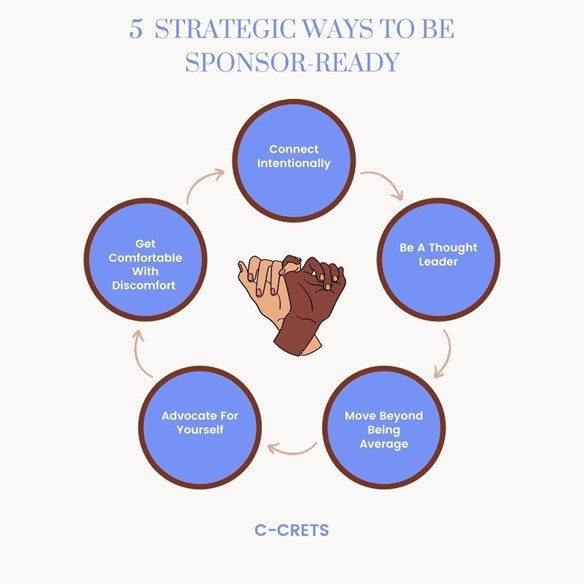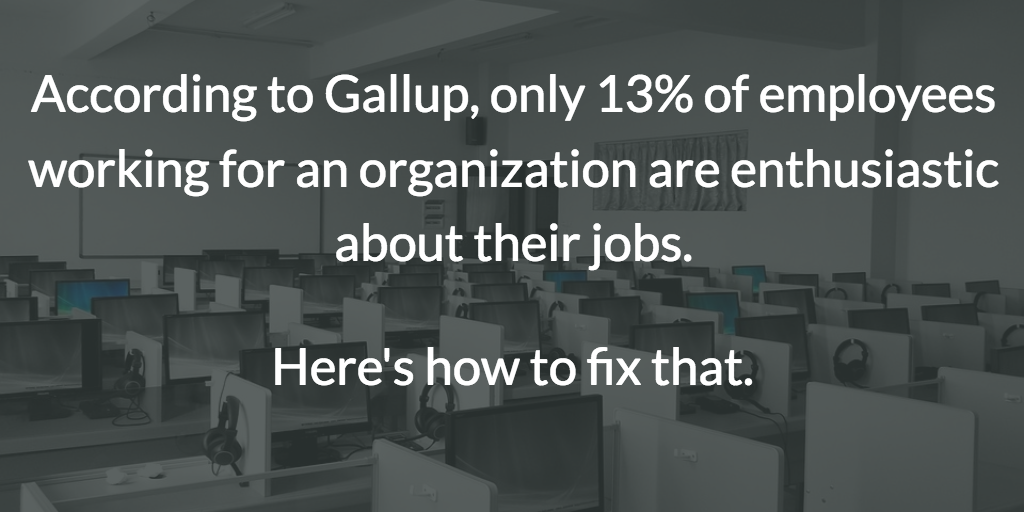Staying on Code
Keith Powell and Ricky Robinson, co-founders of C-CRETS, a career advice platform shared this article as a companion to their podcast Getting on Code: Leaders Walk Their Talk.
| Maureen’s digital twin introduces the podcast. Enjoy ILI’s experiments with AI tools.
Short clip from the interview: |
Link to the entire interview: |
Listen to the companion interview and past episodes of Innovating Leadership, Co-Creating Our Future via Apple Podcasts, TuneIn, Stitcher, Spotify, Amazon Music, Audible, iHeartRADIO, and NPR One.
The corporate workplace is not an equal playing field. Everyday, BIPOC employees face various challenges, from microaggressions to being passed over for promotions and other work opportunities that they’re qualified to receive. Despite this, BIPOC employees have and continue to climb the corporate ladder by contributing value to their organizations, as well as honing key skill sets such as networking. Though the focus is often placed on being able to network with white colleagues, BIPOC employees who succeed often have the ability to get along with and help colleagues who look like them. One way that they’re able to do this is by staying on code, as no one is able to move ahead in a silo.
But what does it mean to stay on code? For BIPOC employees belonging to underrepresented groups, it means aligning themselves within a group, through their decisions and actions, in order to better navigate the corporate workplace. In our podcast, C-CRETS, the content that we create has helped our listeners learn more about corporate America, secure higher paying jobs, and even foster a greater sense of understanding among underrepresented employees and our allies. But the podcast has also enabled us to stay on code as we share valuable career strategies and insights with other African-American employees to help them better navigate the world of work.
Here are three ways other BIPOC employees can also stay on code.
Become more than a bystander
Staying on code equates to not being a bystander and demonstrating interest in the workplace development of other BIPOC employees. This remains critical to the advancement of more employees belonging to underrepresented groups. On-the-job training and mentorship plays a critical role in developing the skill set of any employee. As leaders, we have benefited when those ahead of us have taken us under their wing, and provided either mentorship or sponsorship. Oftentimes, the knowledge that they shared would have taken us many more years to learn. Within our own careers, we have also given back by mentoring employees coming down the pipeline. What we’ve seen is that people rise to the occasion when they know that they’re being supported; taking on challenging projects and tasks, and then succeeding at them. Good leaders do not hoard knowledge. Being selfless and showing an interest in others not only affects the corporate workplace right now, but for generations to come. Not being a bystander requires you to act. It can be as simple as sharing some words of encouragement with a colleague, or more extensive, such as being a sponsor.
Speak up confidently
Many BIPOC employees tend to not speak up during meetings at work. However, it is important that we do not mute our own voices and contribute our ideas. When diversity of thought is willingly expressed at work, there is a greater benefit to the company. The sharing of ideas creates more opportunities to solve a problem.
When BIPOC employees speak up, it’s a chance to show our peers the value we bring to the table and opens the path for other employees belonging to underrepresented groups to get comfortable vocalizing their thoughts and concerns. In addition, this paves the way for better communication amongst coworkers.
It is only through dialogue that people are better able to understand and engage with one another. Yes, you can contribute value solely through the completion of assignments on the job. However, verbal communication is also a key way of sharing intellectual capital.
Your coworkers also have different learning styles including those who are auditory learners. So while there will be people who are fine with reading about a project idea, there will also be those who appreciate a verbal breakdown of the same project idea. Be willing to share your thoughts when in the room. It will make the job more meaningful to you, gives you an opportunity to immediately contribute, and may encourage others like you to speak up.
Be someone else’s guide
Being someone else’s guide is about giving back and paying it forward. After about a year on the job, most employees have put some points on the board by producing worthwhile work. As a BIPOC employee, while you continue to make strides in your own career and move ahead, consider reaching back and pulling someone up along with you. The ability to be of help to someone else is not only an important leadership skill, it’s part of staying on code.
On our podcast, many thought leaders and industry professionals have sat to be interviewed by us, sharing their wisdom with listeners. As hosts, one pattern that we’ve noticed in their career trajectory is their willingness to give back to their communities. Thought leaders are more respected and influential when they have helped others achieve their goals, and companies are more profitable when their employees help each other out.
When you stay on code by becoming more than a bystander, speaking up confidently, and by being someone else’s guide, it creates more opportunities for other employees from underrepresented groups to advance their careers in the workplace. Yes, staying on code does require intention, but it is also necessary if we want to disrupt the status quo and create better workplace environments for BIPOC employees.
ABOUT THE GUESTS:
Keith Powell is a Chief Operating Officer in private education with over 20 years corporate experience in the U.S. and Canada. Most of his career, Keith led global Finance and Operations functions for Fortune 1000 companies in the automotive, chemical, consumer and commercial goods, e-commerce, and smart home industries. Keith was the “first” or the “only” quite often climbing the corporate ladder. Having mentored and coached hundreds throughout his career, he continues to share practical, digestible advice to underrepresented employees as a co-founder of C-CRETS, a career advice platform offering career coaching services, online courses, and topical content through blogs and a podcast.
Ricky Robinson is a Vice President of Human Resources for a $35B leader in the medical device industry. His 20+ year career has afforded him leadership roles in Human Resources for some best-in-class global organizations spanning industries from commercial goods, retail, smart home industries and med tech. Ricky is extremely familiar with being the “Sole Brother” on the Executive Leadership Team quite often challenging diversity, inclusion and unconscious bias issues within Corporate America, and as an advocate and sponsor for underrepresented groups. Having spent his career as a mentor and coach, he continues to share the tips and tricks that help underrepresented employees reach their full potential as a co-founder of C-CRETS.
Thank you for reading the Innovative Leadership Newsletter by the Innovative Leadership Institute, where we bring you thought leaders and innovative ideas on leadership topics each week.
RESOURCES:
Ready to measure your leadership skills? Complete your complimentary assessment through the Innovative Leadership Institute. Learn the 7 leadership skills required to succeed during disruption and innovation.
- Follow the Innovative Leadership Institute LinkedIn page
- Subscribe to Innovating Leadership and listen on your favorite podcast platform
- Subscribe to our blog – Insights
Check out the companion interview and past episodes of Innovating Leadership, Co-Creating Our Future via Apple Podcasts, TuneIn, Stitcher, Spotify, Amazon Music, Audible, iHeartRADIO, and NPR One.



 This blog is drawn from a paper by Jim Ritchie-Dunham & Maureen Metcalf, Co-hosting:
This blog is drawn from a paper by Jim Ritchie-Dunham & Maureen Metcalf, Co-hosting: